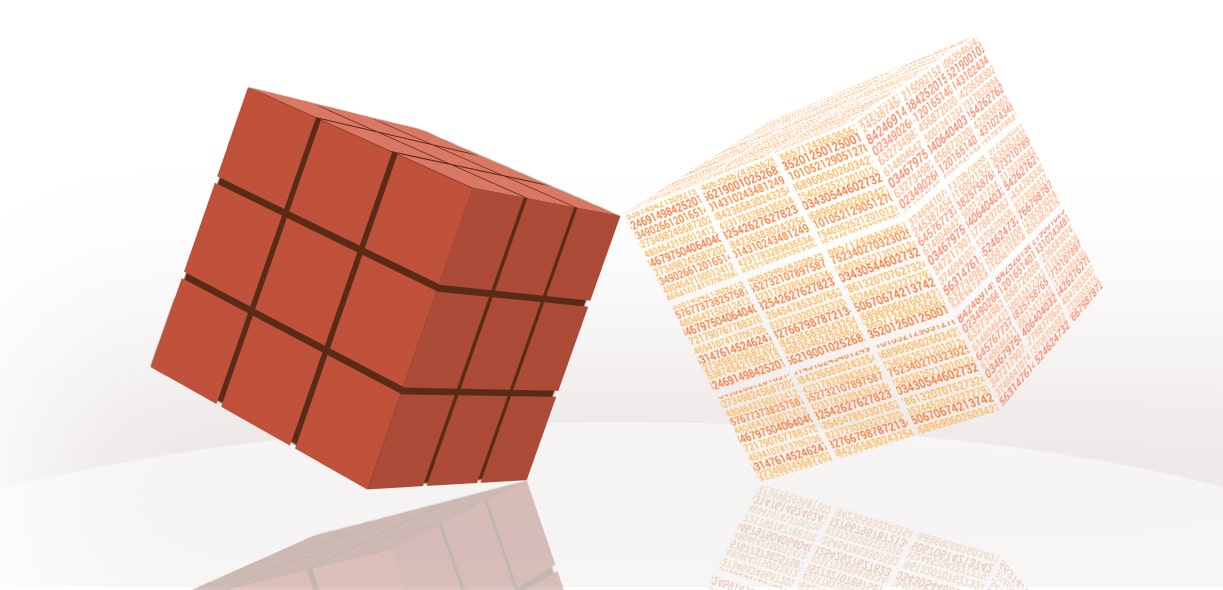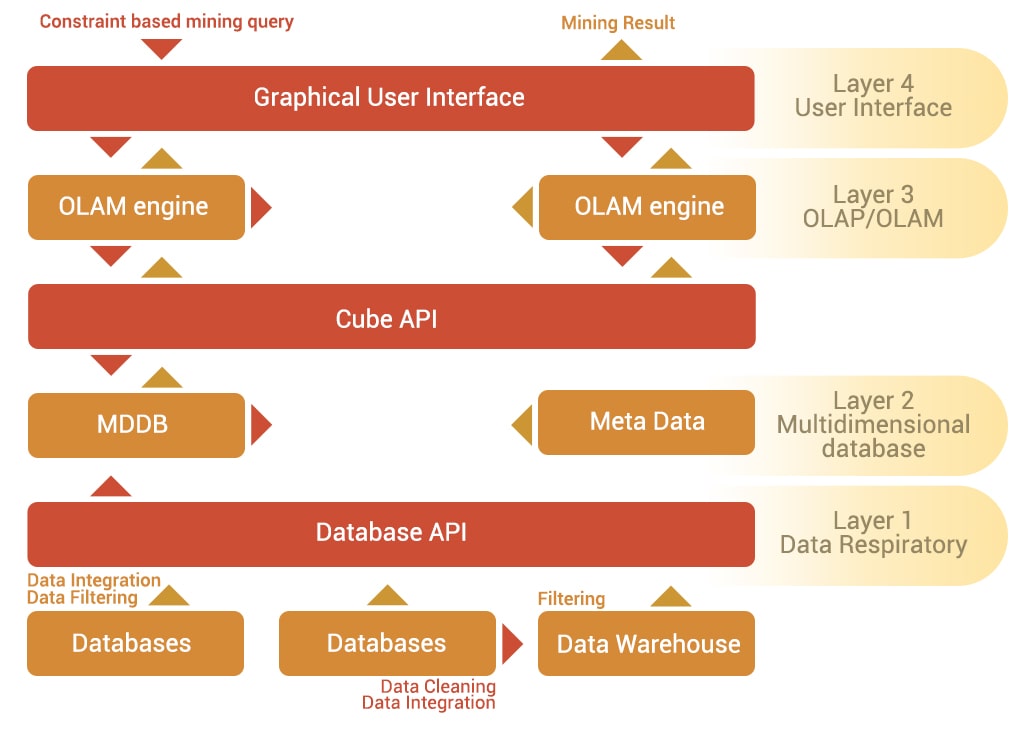
- What is OLAM?
- What is the difference between OLAP and OLAM?
- What about integration of OLAP and OLAM?
- What is the conclusion?
What is the most popular reporting and analytical tool nowadays? Of course, OLAP. Most data warehouses are used for multidimensional online analytical processing. Nevertheless, given the constant new developments in data warehousing and analytical processing technologies, as well as the rapid progress in data mining research, industry analysts expect organizations will soon use data warehouses for complex data analysis. Thus, to handle processing this tremendous data amount OLAP technology should move even further and integrate with additional tools. Here OLAM comes into play.
We guess you have many questions here. Don’t worry, you will find answers to them in our today’s article.
What is OLAM?
The first logical question arise – what is OLAM at all? Online analytical mining is a technology which integrates together OLAP, data mining and mining knowledge in multidimensional databases. Let’s overview it in more detail.
Features
Being an advanced data technology, OLAP is expected to perform the complex number of functions. Thus, it should have the following features:
| No limits for mining |
|
| Multi-feature cubes availability |
|
| Cubes with complex dimensions and measures support |
|
| Variety of data mining algorithms |
|
| Interactivity and visualization tools |
|
| Customizable and extensible |
|
How does it work?
Analytical mining in data cubes in OLAM performed similar to OLAP. It means that the data cube is accessed through the cube API and the metadata operates directs access to the data cube. A data cube can be created by accessing or integrating multiple databases, or by filtering the data store through a database API that can support OLEDB or ODBC connections.
Benefits of usage
If you still have a doubt of whether it is relevant to use online data mining technology here are some more pros for you:
- Fast mining response: quick response is very important for interactive mining. Actually, users can choose to exchange mining accuracy data for quick response, since interactive mining can gradually lead them to focus on the search space and search for even more important patterns. As soon as users can define a small search space, they can trigger more complex, but slower mining algorithms for careful study.
- Select data mining functions online: OLAM allows choosing the right data mining functions and dynamically change their data mining tasks.
- Data warehouse contains quality data: OLAM works with integrated, consistent, and clean data. So, the data warehouse as well corresponds those standards and the data in it is of high quality for both OLAP and data mining. Intelligent data analysis can also be a valuable tool for data cleansing and data integration.
- Data analysis is based on OLAP: pivoting, drilling, dicing and slicing provides capability to mine data on different data subsets and abstraction levels.
- Simple processing infrastructure of data: availability of different infrastructures make it simple to use the ready ones instead of creating from scratch.
What is the difference between OLAP and OLAM?
To answer this question let’s revise OLAP definition first. Online analytical processing is a computing technology that allows query data and analyze it from different perspectives. OLAP is a great solution for business analysts who need to pre-aggregate and pre-calculate data for fast analysis.
As you can remember, OLAM is a technology which integrates together OLAP, data mining and mining knowledge in multidimensional databases. So, the core difference clear that OLAM term is bigger than OLAP as it is a kind of combination of online analytical processing with data mining.
Here are two more differences:
- OLAM performs several data mining tasks, such as concept description, association, classification, forecasting, clustering, and time series analysis. It usually consists of several integrated data mining modules, so in this way OLAM is more complex than the OLAP mechanism.
- OLAP and OLAM data cubes are similar. However, OLAM analysis may require more powerful tools for building and accessing data cubes. That is why OLAM includes more dimensions with finer granularity, or includes a study based on the detection of multifunctional aggregations in a data cube, which requires more than OLAP analysis.
What about integration of OLAP and OLAM?
Of course, the integrated architecture of OLAM and OLAP makes sense. As a result, OLAM and OLAP mechanisms accept custom online requests (or commands) through a graphical user interface (GUI) application programming interface (API). Working with the data cube in data analysis is done through the cube API, and the metadata catalog controls access to the data cube. A data cube can be created by accessing or integrating multiple databases or filtering the data store through a database API that can support OLEDB or ODBC connections.
Uniting those technologies together, you will gain a powerful data mining reporting, forecasting and analysis tool at one stoke. As they say two hand are better.
What is the conclusion?
Data storage and OLAP technology constant development made the way for efficient online analytical mining. OLAM is a natural addition to OLAP technology, which improves data analysis in data warehouses. Use them together and get everything at once.



